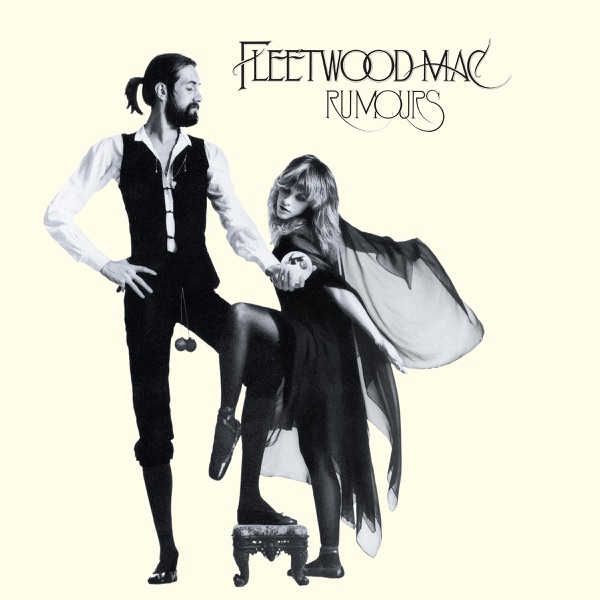Vicki Gray's LEGO collection is so big she's moving house to accommodate it.
The 48-year-old has spent £6,000 on multicoloured bricks - and there's £6,000 more on her wish list.
She's one of a growing number of adults buying toys for themselves, who now account for £1 in every £5 spent on toys in the UK.
They've steadily increased their spending to £647m out of an industry revenue total of £3.4bn over the past five years, according to market researchers Circana.
"It's very mainstream," says Melissa Symonds, its executive director of UK toys.
"We have people being massive fans of products at a much older age than we've had previously and it's not seen as geeky anymore."
Sales to children are declining as birth rates fall and kids ditch toys earlier, spending their pocket money on cosmetics and video games instead. Girls' share of the market declined by 8% between 2020 and 2024, stolen away by the makeup and beauty sector.
Toymakers around the world have "leant heavily" into marketing to adults as they seek to "plug the gap", says Geoff Sheffield, chairman of the Toy Retailer Association.
A way to cope
"Toys are at the intersection of comfort, nostalgia and escapism - all of these are much in need at the moment," says Professor Ben Voyer, behavioural scientist at LSE.
"Conflicts around the world, political tensions - whether you're actively involved in politics or not - all of what you see in the news contributes to anxiety levels."
Nostalgia plays a smaller role in consumer psychology during times of prosperity and hope, he explains, but returns with gusto during times of uncertainty and tension: "Consuming toys is a way to cope."
LEGO became a form of "escapism" for Gray when her mum died four years ago.
"It's almost like pushing the reset button," she says, explaining a bag of LEGO has replaced a glass of wine to help her relax in the evening at her home in Essex.
"I've not looked back - but my bank account has," she laughs.
Jenny Alvey, 19, from Nottingham, started her £300 Jellycat collection to remind her of her childhood during university exams and anxiety-inducing world events like Covid and international conflicts.
The stuffed toys have become a viral sensation on social media, with #Jellycat attached to 914,000 Instagram posts and 366,000 TikTok posts.
"There's a lot of bad stuff in the news, like the Ukraine war, and I found it quite a comfort and cheerful escape," says Alvey.
Loaves of bread and strawberries with smiley faces are among the 16 plush toys that look back at her when she enters her bedroom.
A social media sensation
"Social media clearly has a lot to do with this development," says Katriina Heljakka, a researcher at the University of Turku in Finland, who has studied the trend for 15 years.
Adult communities have sprung up online celebrating plush toys like Squishmallows and Jellycat and enduring classics like LEGO, Pokemon and Dungeons and Dragons, while collectors seek to acquire all that brands like Star Wars, Marvel and Harry Potter have to offer.
Heljakka points to the popularity of unboxing videos or photo tours of collections.
It's all part of fulfilling a human "urge to tell stories with objects", she says.
"It's like this little secret underworld," says Gray of her online LEGO community, which shares tips and displays.
"I love seeing those and hearing about what people are up to when they're planning what they're going to buy next."
As part of a community, she has stopped feeling embarrassed about her hobby - something Prof Voyer says is driving the boom in toys for adults by reducing stigma.
"Millennials were the first ones to be criticised but also envied by older generations for accepting that it's fine to play with toys as adults and it sounds like it's very much embraced as well by Gen Z," he says. "All of this is something that can provide people with a strong sense of identity and that can define them."
Heljakka says toys have become such a global community for adults that parts of the internet are awash with photographs of figurines at different landmarks as they illustrate their travels abroad.
A Sylvanian Families cheetah in Helsinki, a Barbie outside Rome's Colosseum and a Blythe doll in Hamburg's central rail station are examples of what she calls "toyrism".
Ashleigh Greenwood, 33, from Milton Keynes, has made friends with fellow Squishmallow enthusiasts from thousands of miles away through her Instagram fan account.
What started as her daughter Ava's interest quickly became her own. She's spent £3,000 on 415 of the plush toys in two years.
"It's really nice to see people around the world have the same interests," she says.
Take a look inside Greenwood's Squishmallows room...
Adults targeted
Toymakers have capitalised on a surge in adult interest with targeted marketing strategies.
Squishmallows and Jellycat have put heavy emphasis on social media, generating excitement among adult fans about tracking down particular variants, says the Toy Retailer Association's Sheffield.
Walmart in the US and Toys R Us stores in Asia have created adult toy aisles, and British retailers are starting to take note.
In recent weeks, designer toy brand Pop Mart launched a pop-up in Harrods selling the increasingly trendy Labubu dolls and opened its first shop inside Selfridges.
"LEGO is doing a really good job," says LSE's Voyer, pointing to the success of Star Wars models, which tap into adult nostalgia and fetch up to £560 at Argos.
Circana's Symonds says the LEGO botanicals range - a collection of buildable flowers - has had "a huge impact on bringing adult women into the toy market".
Sellers are changing their packaging to appear more grown-up, favouring blacks over traditional, brighter colours, such as the Playmobil Star Trek Enterprise range.
Voyer says toymakers have been targeting mums and dads, giving them something they want to play with alongside their children.
Read more Money long reads:
The rise of 'forever games' - and why Gen Z is paying for them
Is a comeback on for the British pub?
Veganism in trouble - and the man who sold half a million steaks with a 12,000-year-old idea to fix it
"It's definitely a massive bonding experience," says Squishmallows collector Greenwood.
"I get excited now. Like if we found one that we've been looking for for ages, it is like a buzz."
With more disposable income, sellers can charge adults higher prices - a fact familiar to Gray, who has splashed out nearly £600 on what she calls "the ultimate" LEGO set: a hulking, 9090-piece, 4.5ft-long replica of the Titanic.
"No regrets," she laughs.
"That's one of the things about being an adult child, that you're fortunate you've got the money."
The Titanic is set to take pride of place in her new house - so long as it makes it through the journey without any collisions.

(c) Sky News 2025: 'I've ditched wine for LEGO': The adults spending thousands on toys - and keeping industry ali

 Police called as two young bears escape from wildlife enclosure in Devon - and devour honey
Police called as two young bears escape from wildlife enclosure in Devon - and devour honey
 Constance Marten and Mark Gordon found guilty of manslaughter of their newborn baby
Constance Marten and Mark Gordon found guilty of manslaughter of their newborn baby
 At least 30 dead, 100 injured, in clashes between armed groups in southern city of Sweida, say Syrian officials
At least 30 dead, 100 injured, in clashes between armed groups in southern city of Sweida, say Syrian officials
 'It's a war': Meet the volunteers leading the fight against Trump's immigration raids
'It's a war': Meet the volunteers leading the fight against Trump's immigration raids
 Extreme weather 'becoming the norm' - as minister warns UK's way of life 'under threat'
Extreme weather 'becoming the norm' - as minister warns UK's way of life 'under threat'






